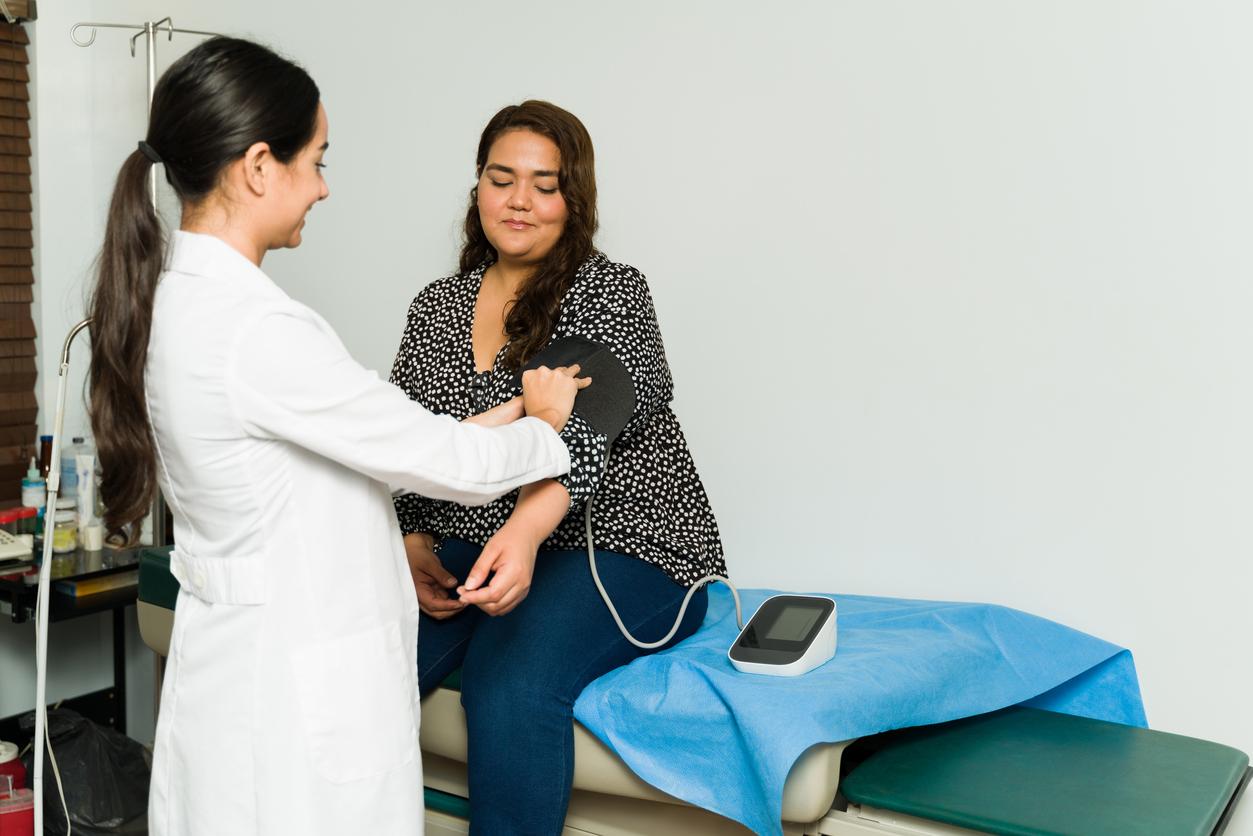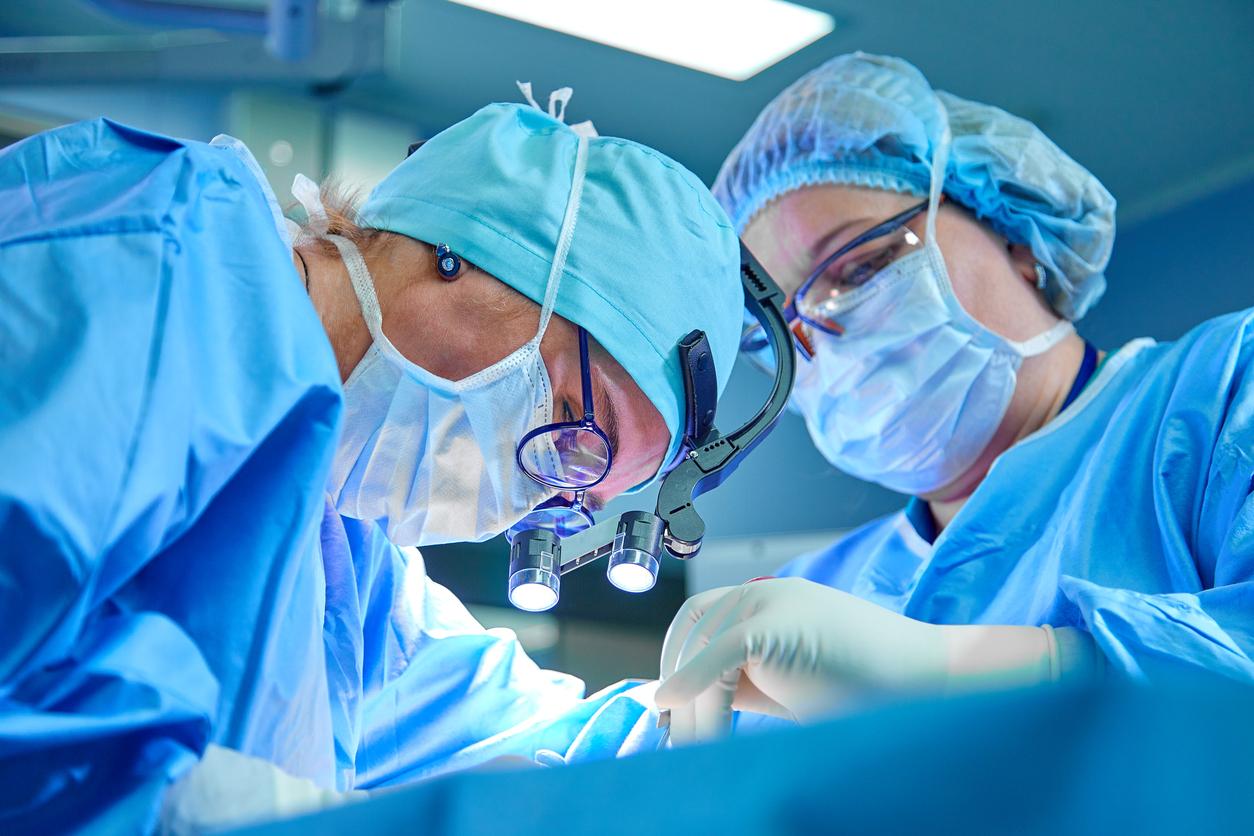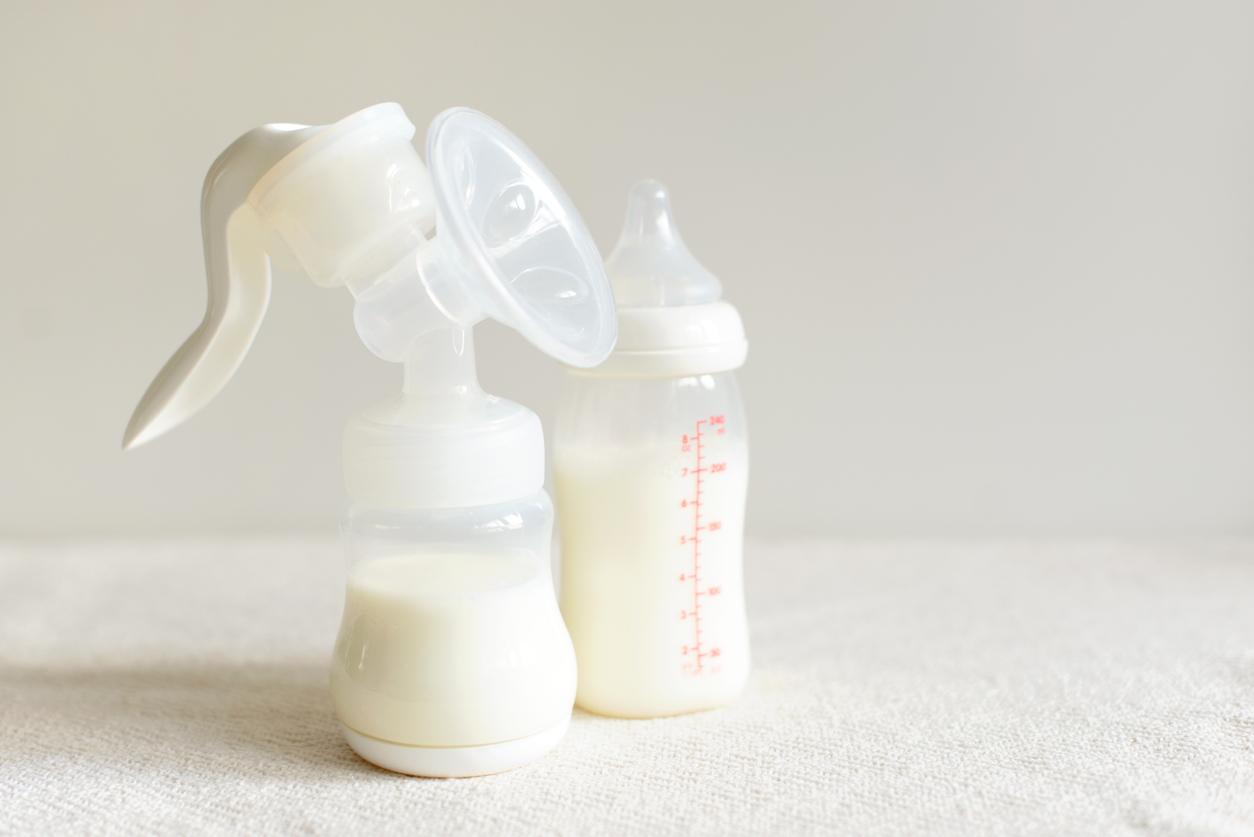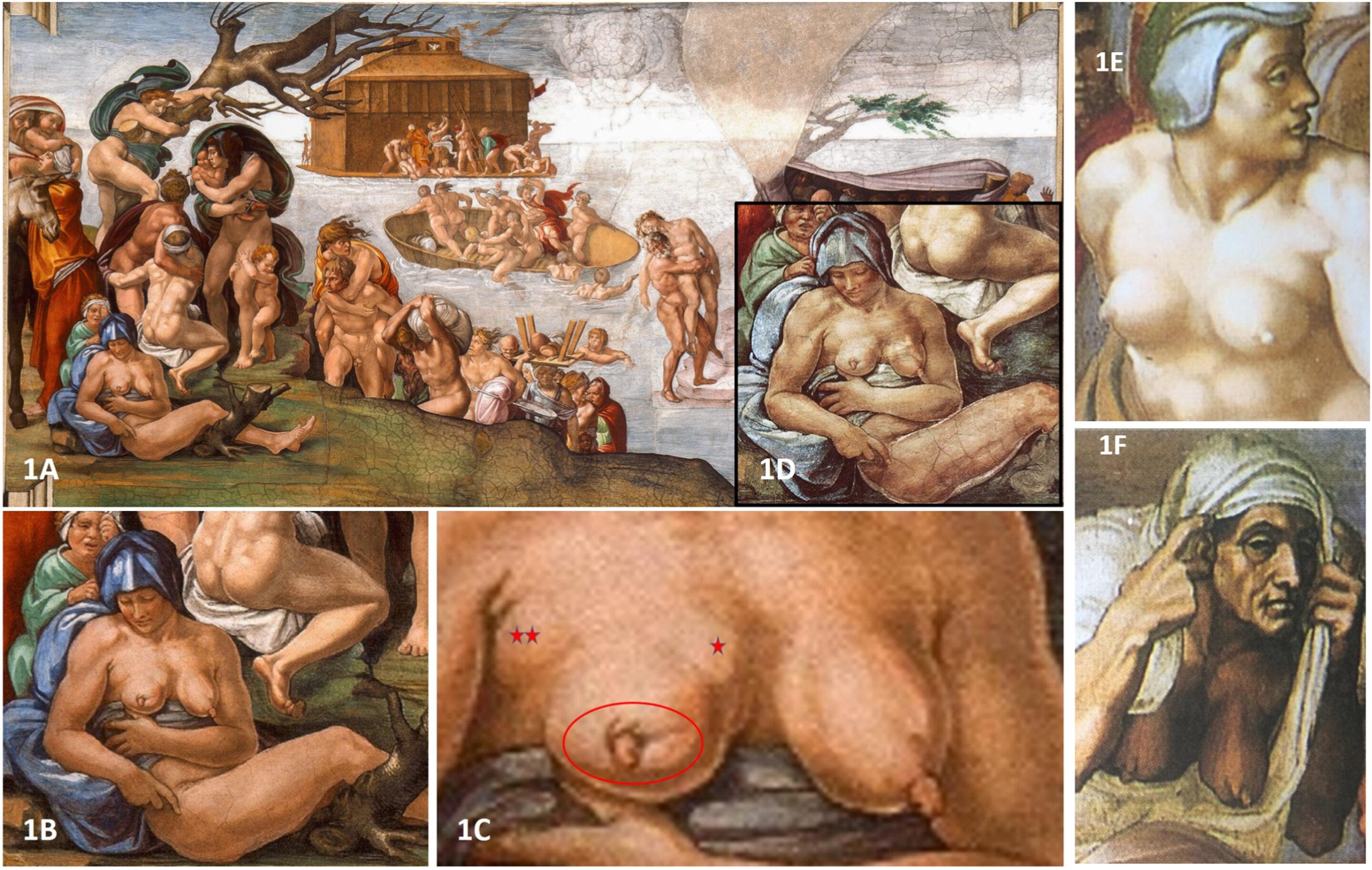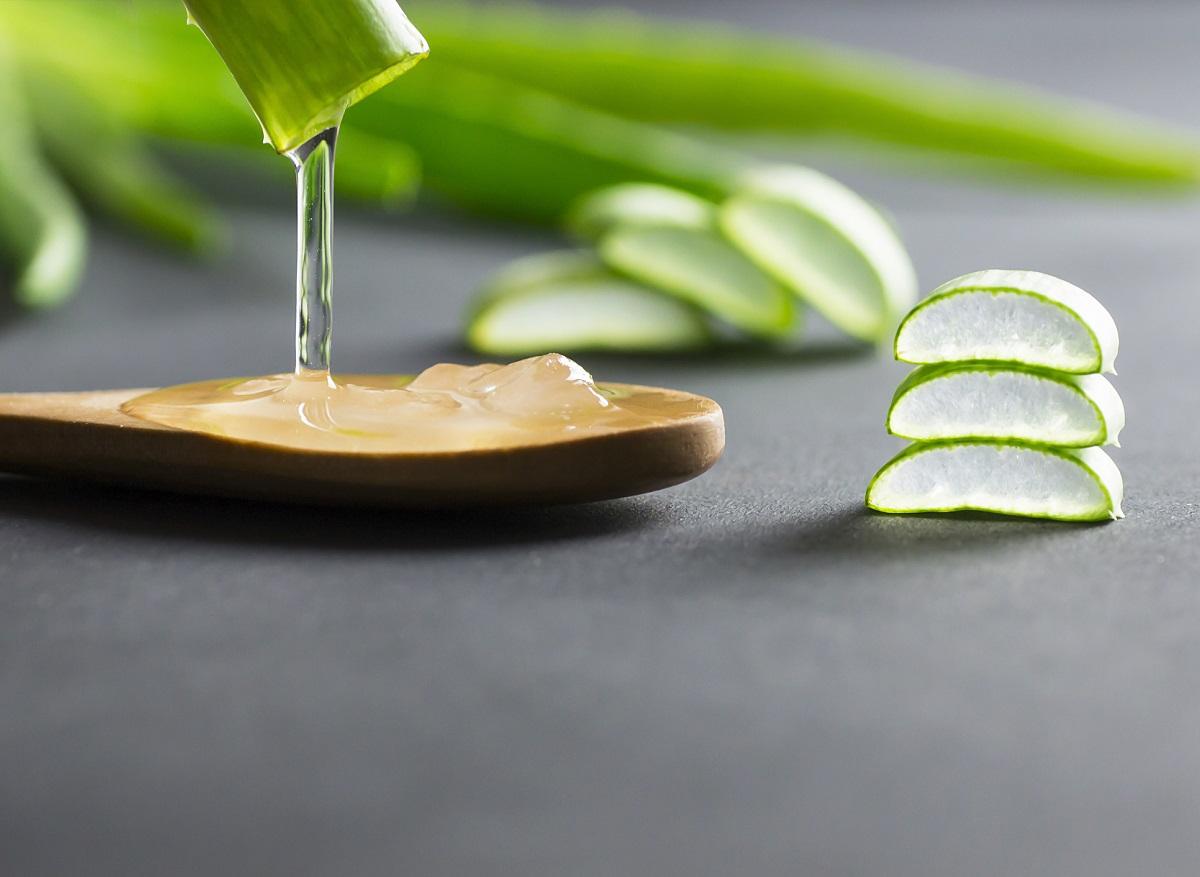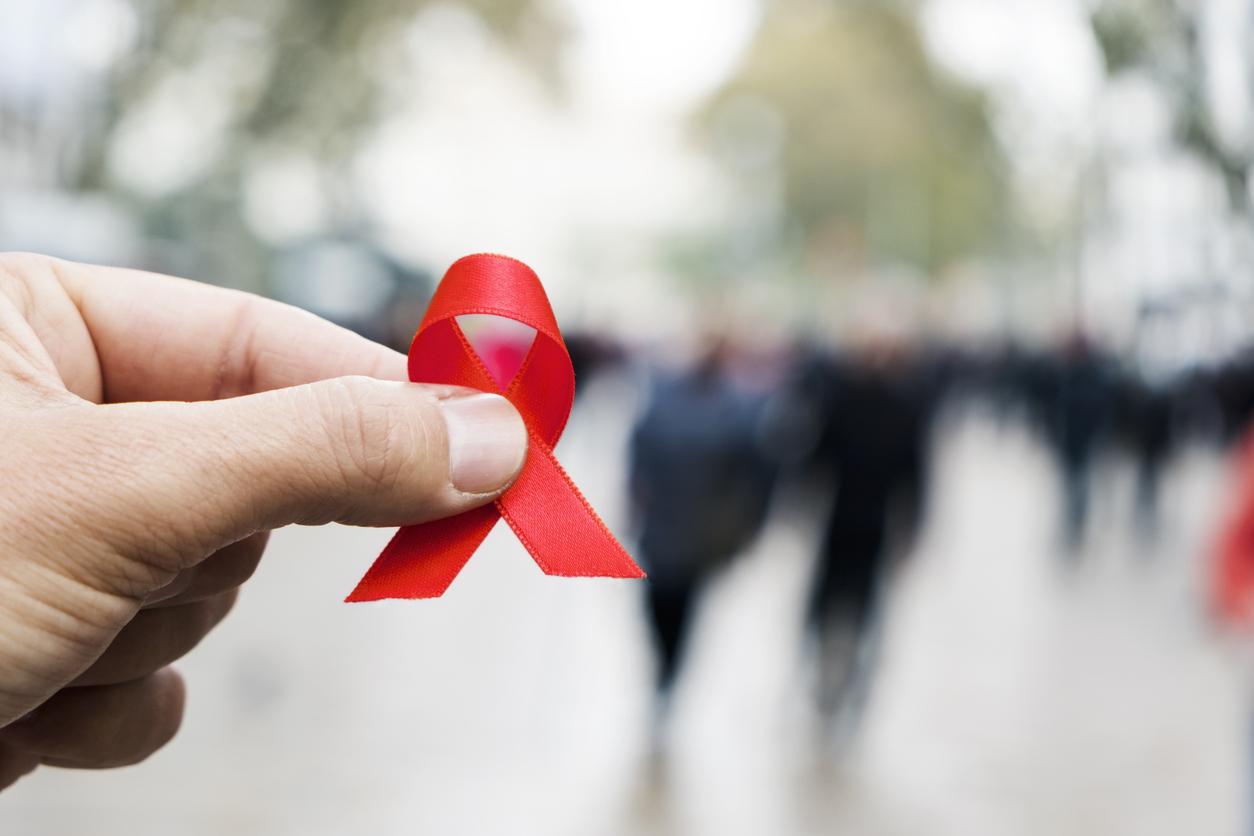German researchers have understood one of the mechanisms of healing. Their discovery could speed up the healing of people who suffer from chronic wounds, which take more than six weeks to close.
-1575033744.jpg)
Not all wounds heal over time. If normally, our body closes them in a few days, other wounds, both internal and external, are more problematic. The medical profession speaks of a chronic wound to define any healing greater than six weeks, which may in particular be the case for bedsores, wounds of diabetics or even amputation stumps.
Chronic wounds are caused when fibroblasts, or supporting cells, secrete an extracellular matrix onto injured skin. Until now, the physical origin of fibroblasts remained unknown, but research conducted by Dr. Yuval Rinkevich, head of the regenerative biology group at the Institute of Biology and Lung Disease at Helmholtz Zentrum Munchen (Germany), found way to modify the wound healing process. The result of their research was published on November 27 in the journal Nature.
The origin of scarring
The researchers focused on the fascia, a membrane primarily made up of connective tissue and collagen that attaches, stabilizes, encloses and separates muscles and internal organs. All scars come from a line of fibroblasts that expresses the Engrailed-1 gene, present in skin and fascia.
The first results show that during an injury, the fibroblasts of the fascia rise to the surface, taking an extracellular matrix with them. The latter, which the researchers say looks like “jelly”, is made up of blood vessels, peripheral nerves and macrophages (white blood cells responsible for cleaning the area by “eating” foreign bodies). Once there, the fascial fibroblasts form a temporary matrix.
Secondly, the research teams noticed that when they placed a porous film under the skin to stop the migration of fascia fibroblasts, chronic wounds developed. The research team infers that the fascia therefore contains a special set of fibroblasts that assemble all the cell types and matrix components needed to heal wounds. This leads to the hypothesis that movement of fascia triggers the characteristic response to internal and external injury, known as scarring.
Despite its sometimes unsightly appearance, scarring is essential to survival. In mammals (including us), scarring triggers a universal fibrotic tissue response that scars wounds, preventing both infection and potentially life-threatening heavy bleeding.
Promising results
Contrary to our current knowledge of wound healing, the researchers concluded that instead of scars being formed by fibroblasts depositing extracellular matrix on injured parts, they originate in the matrix jelly reservoirs which are entrained in open wounds by fascial fibroblasts.
Findings that indicate fascia is the source of scarring may pave the way to preventing pathological fibrotic responses, leading to scar-free regeneration and healing.
For Yuval Rinkevich, “the study gives fascia tissue a new role in science, which will allow the scientific community working on wound healing to focus on fascia fibroblasts, in addition to the dermis.” An analysis shared by Donovan Correa-Gallegos, PhD student at Helmholtz Zentrum Munchen and first author of the study: “Our new findings challenge and reconfigure the traditional view of the body’s connective tissue matrix system. This paves the way for a new biological concept that shines on various aspects of scar-related diseases.”
.




